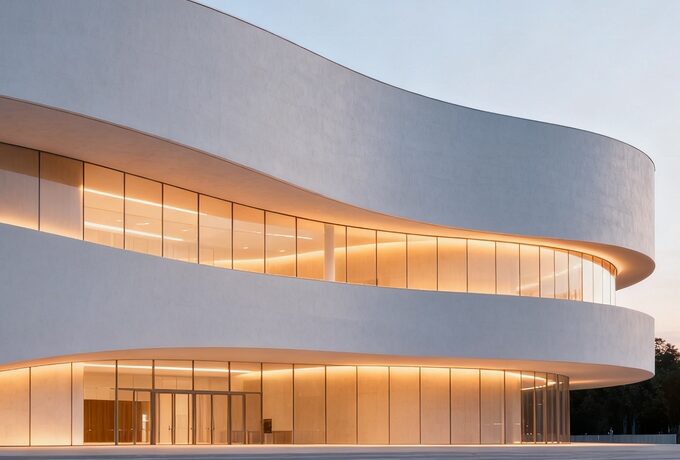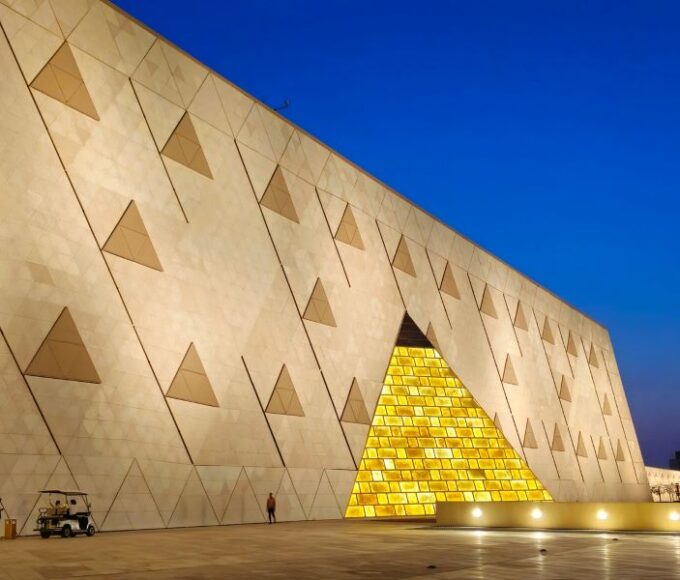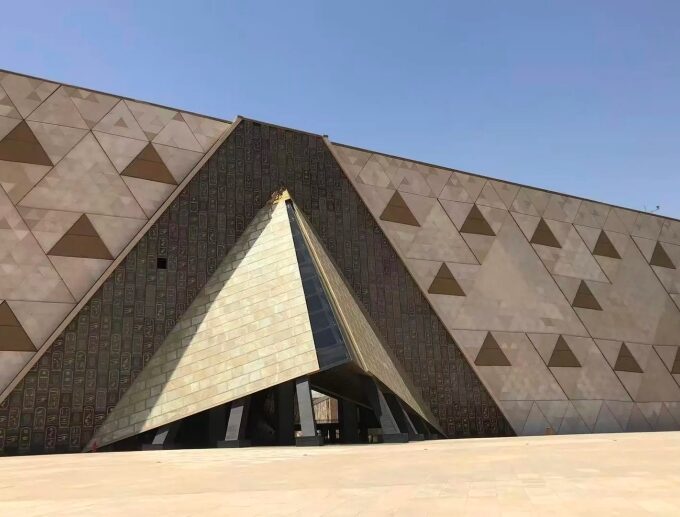On September 19, 2025, media outlet, released a feature report focusing on the “transcendent dialogue” behind two iconic buildings in Venice. These two structures—the Olivetti Showroom designed by Carlo Scarpa and the restored Procuratie Vecchie (Old Procuracies) by David Chipperfield Architects—serve as a link through architectural details, connecting architects of different eras in their inheritance and innovation of Venice’s urban fabric.
Venice is a city celebrated for its architectural aesthetics, where the grandeur of St. Mark’s Basilica, the spaciousness of St. Mark’s Square, and the elegance of the Rialto Bridge have long stood as iconic symbols. Yet few notice the more intricate architectural details embedded in the urban landscape, woven from winding alleys, quiet canals, and vibrant street life. These details, characterized by precise material application and exquisite craftsmanship, align with Venice’s rhythm of life and form a crucial footnote to the city’s culture. The two buildings, merely a one-minute walk from St. Mark’s Square, stand as quintessential embodiments of such meticulous design—even as they subtly reflect the evolving architecture new trend that honors historical context while meeting contemporary needs.
Understated Precision: Restoring History Through Dialogue
The restored Procuratie Vecchie, led by David Chipperfield Architects, represents contemporary architectural practice in this “transcendent dialogue.” Rather than adopting exaggerated designs that disrupt Venice’s historical context, the project achieves harmonious coexistence between modern restoration and historical architecture through meticulous attention to detail. Every aspect—from the sequence of doorways and the concealed layout of drainage systems to the integration of fire sprinklers with the building’s style, the seamless transition between different materials, and the delicate restoration of relief decorations—underwent rigorous refinement. This approach not only fulfills modern functional requirements but also preserves the textural integrity of the historical structure. Such “understated precision” ensures the restored building neither severs its ties to history nor feels outdated; instead, it reintegrates into Venice’s urban life with renewed vitality.
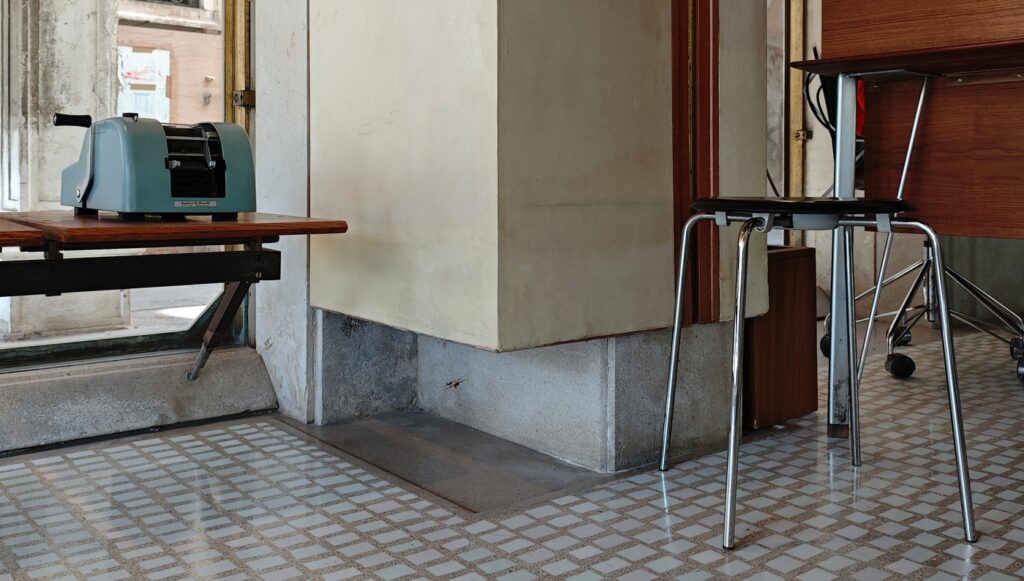
Quiet Ingenuity: Defining Classics Through Details
The Olivetti Showroom, designed by Carlo Scarpa, is revered as a “sacred site” among architects and designers, and has long secured its place as a classic in modern architectural history thanks to its uncompromising pursuit of detail. Scarpa also infused his dedication to materials and craftsmanship into every detail of the building: from the precise alignment of structural joints and the subtle transitions between materials to the deep integration of decorative elements with functional needs. Every design choice is intentional, serving as an organic component of creating spatial ambiance and fulfilling practical functions. Even after decades of time, the details of this building still allow visitors to perceive the architect’s commitment to “precision” and “ingenuity,” leaving a unique mark of its era on Venice’s architectural culture.
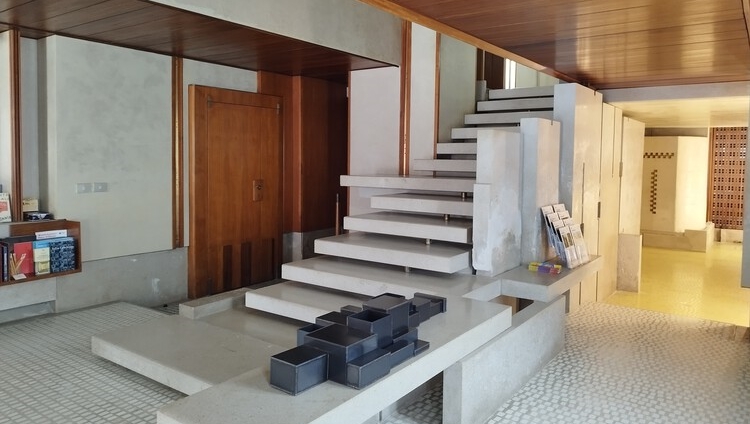
Separated by decades, these two buildings resonate beautifully in the same district of Venice. Though belonging to different eras, Scarpa and Chipperfield share a profound respect for architectural details—they eschew superficial visual spectacle, instead allowing details to act as a medium for dialogue between architecture and the city, as well as between history and the present. This transcendent architectural dialogue not only showcases the distinctive design philosophies of the two masters but also reveals the core charm of Venice’s architectural culture: in upholding a commitment to detail, it achieves the eternal coexistence of tradition and innovation, offering an invaluable reference for architectural practices in historic cities worldwide.









